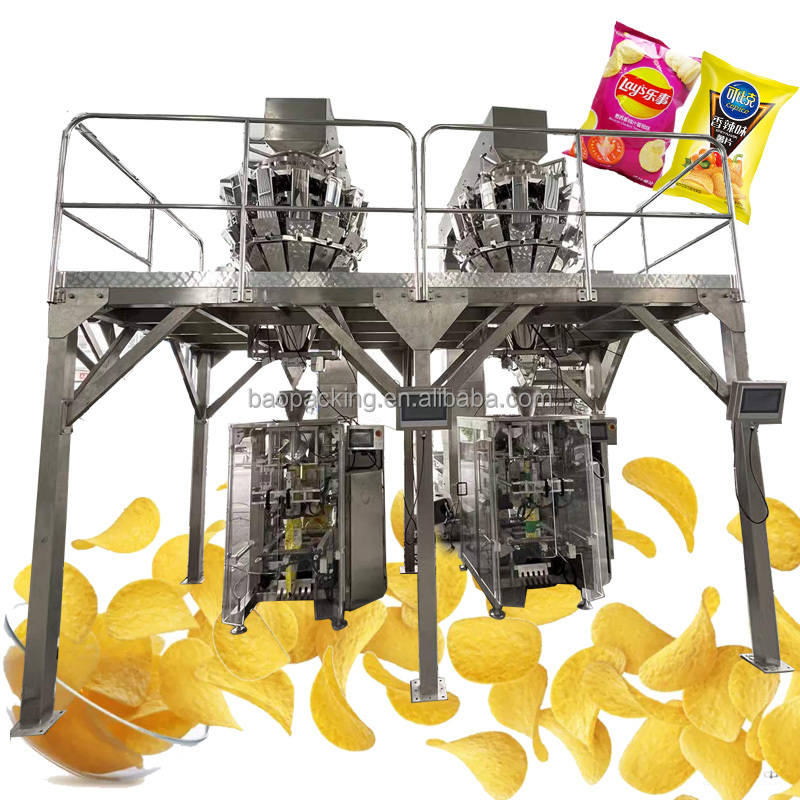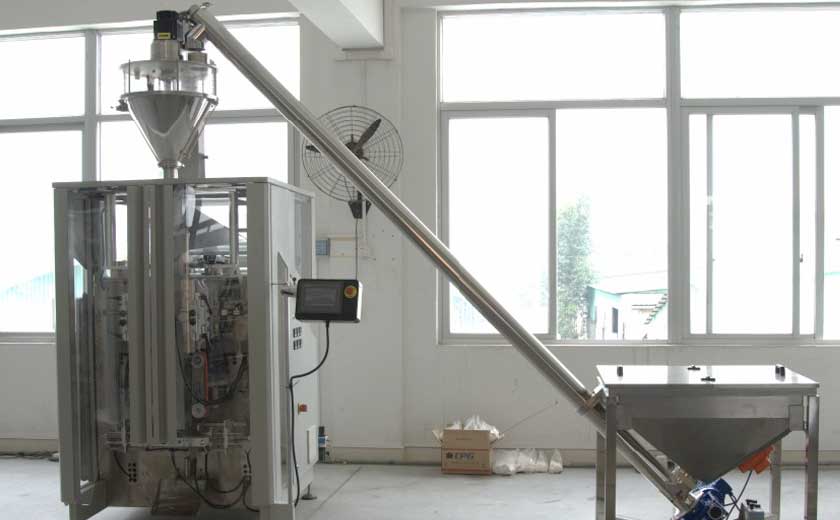Environmental Considerations in Liquid Pouch Filling Processes
As the world faces increasing environmental challenges, it is imperative for industries to adopt sustainable practices. The liquid pouch filling process, widely used in the packaging industry, has significant environmental implications. By understanding and addressing these considerations, manufacturers can reduce their ecological footprint and contribute to a greener future.
Material Selection and Waste Management
The choice of packaging materials has a substantial environmental impact. Traditional rigid containers, such as bottles and cans, require significant resources to produce and dispose of. Liquid pouches, on the other hand, are typically made from flexible plastic films, which are lightweight, recyclable, and have a lower carbon footprint.
Proper waste management is crucial. Liquid pouches should be collected and recycled through designated programs to prevent them from ending up in landfills or as litter. Many municipalities and organizations offer recycling services specifically for flexible plastics.
Energy Efficiency
The liquid pouch filling process consumes energy during both operation and maintenance. By optimizing equipment efficiency, manufacturers can reduce their energy consumption. Investing in energy-efficient filling machines, using renewable energy sources, and implementing lean manufacturing practices can significantly lower the environmental impact.
Water Conservation
Water is an essential resource that can be depleted through industrial processes. The liquid pouch filling process typically involves cleaning and sanitation procedures that require a significant amount of water. By using water-efficient equipment and implementing water recycling systems, manufacturers can conserve this precious resource.
Chemical Management
Chemicals used in the liquid pouch filling process can pose environmental risks. Cleaning agents, lubricants, and antimicrobials can potentially contaminate water sources and soil. Responsible chemical management practices include using biodegradable or environmentally friendly alternatives, minimizing chemical usage, and implementing proper disposal protocols.
Supplier Sustainability
The environmental practices of suppliers can indirectly impact the sustainability of the liquid pouch filling process. By partnering with suppliers who prioritize environmental responsibility, manufacturers can support sustainable practices throughout the supply chain. This includes evaluating suppliers’ material sourcing, energy consumption, and waste management policies.
Consumer Education
Consumers play a vital role in reducing the environmental impact of liquid pouches. Educating consumers about the importance of recycling and proper waste disposal is crucial. Manufacturers can include clear recycling instructions on packaging and engage in public outreach campaigns to raise awareness.
Environmental considerations are paramount in the liquid pouch filling process. By embracing sustainable practices in material selection, waste management, energy efficiency, water conservation, chemical management, supplier sustainability, and consumer education, manufacturers can significantly reduce their ecological footprint. As the industry continues to evolve, innovation and technological advancements will further enhance the environmental performance of the liquid pouch filling process, contributing to a more sustainable future.
-
Overview of Packaging Machine Buying Guides
08-01-2024 -
How Does a Vertical Form Fill Seal Machine Work?
30-10-2023 -
Advancements in Auger Powder Filling Technology
27-10-2023 -
A Deep Dive into Automatic Packaging Machines
26-10-2023 -
The Revolutionary Fully Automatic Potato Chips Packaging Machine
20-09-2023 -
How to choose the right packaging machine?
23-08-2023 -
Reducing Waste And Maximizing Yield With Multihead Weigher Machines
15-03-2023 -
Nuts Packaging Machine for Dry Products Perservation
26-11-2022 -
Is Automated Biscuit Packaging Machine Better Than Manual Opeartion?
25-11-2022













